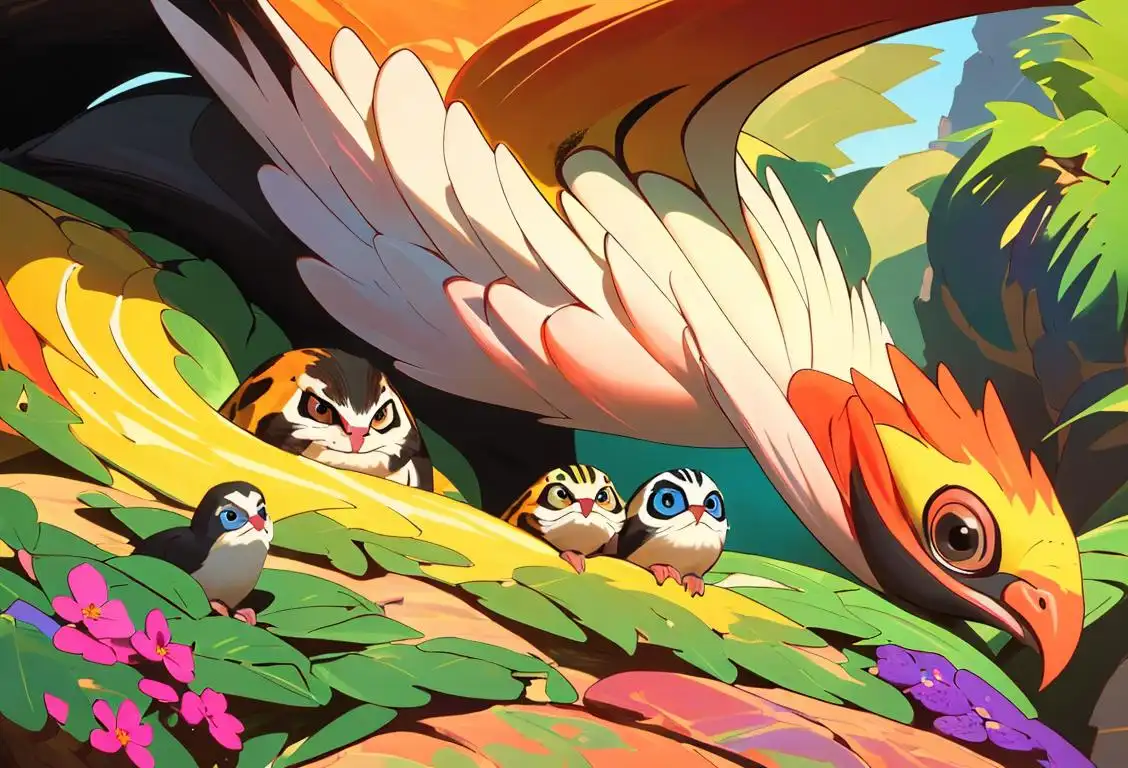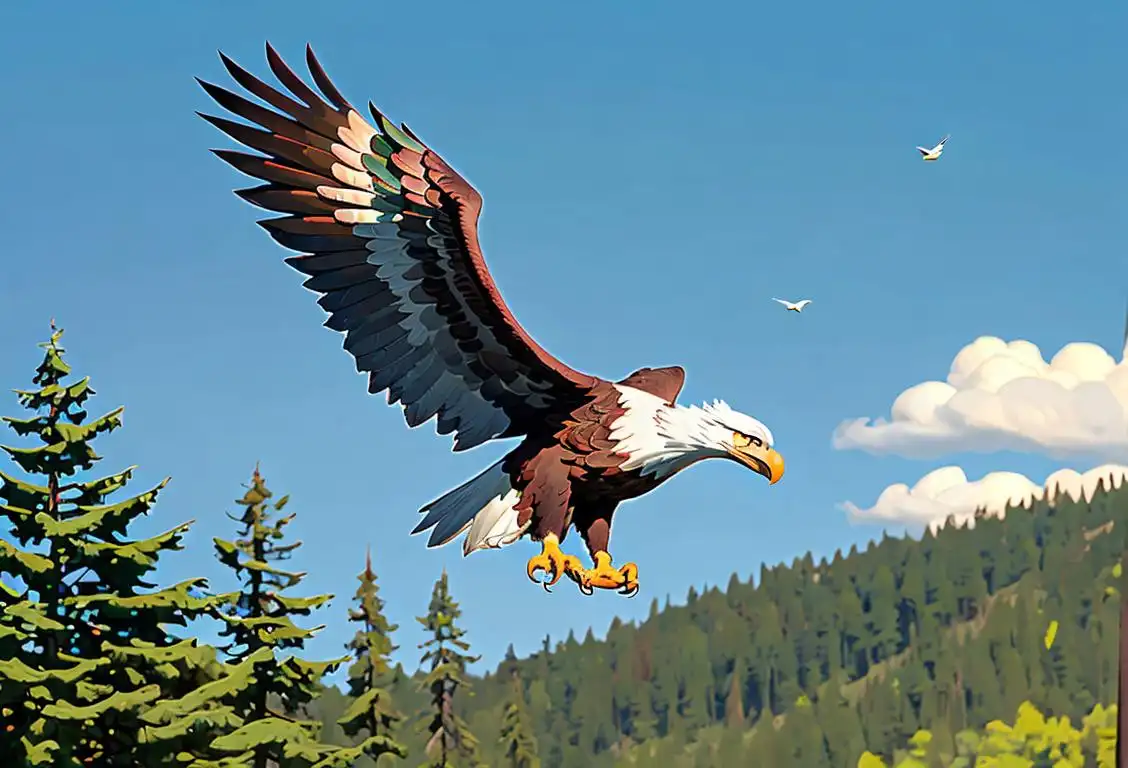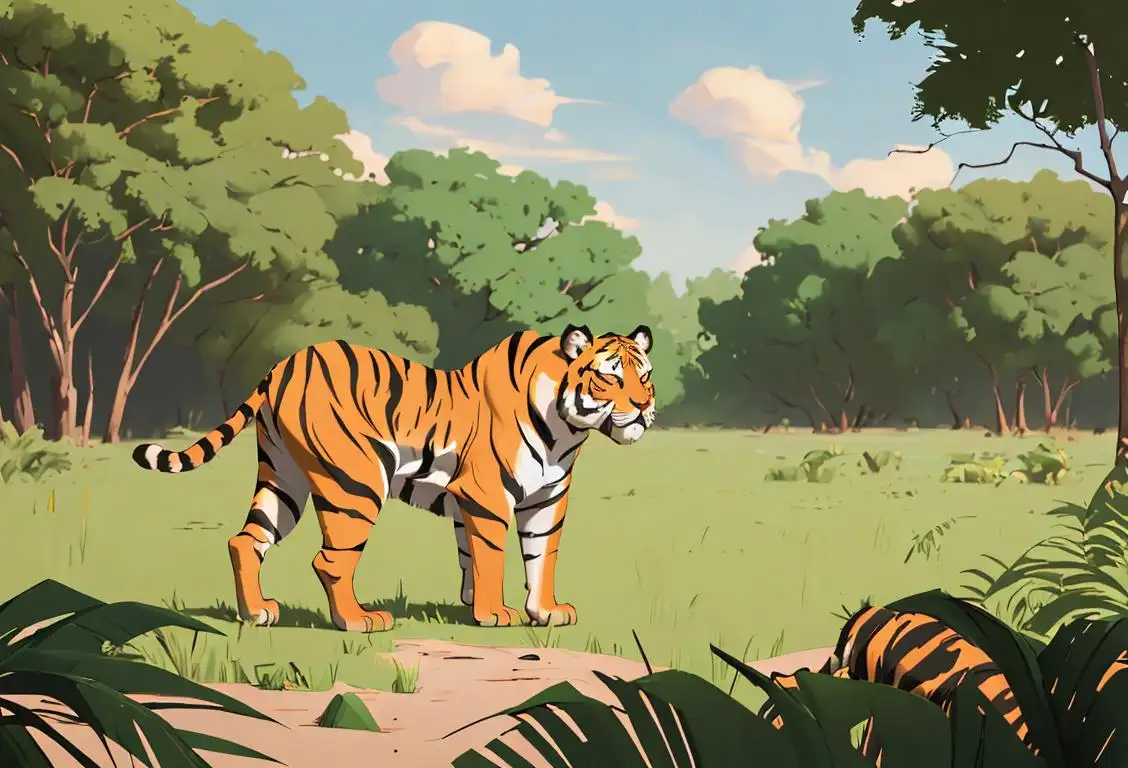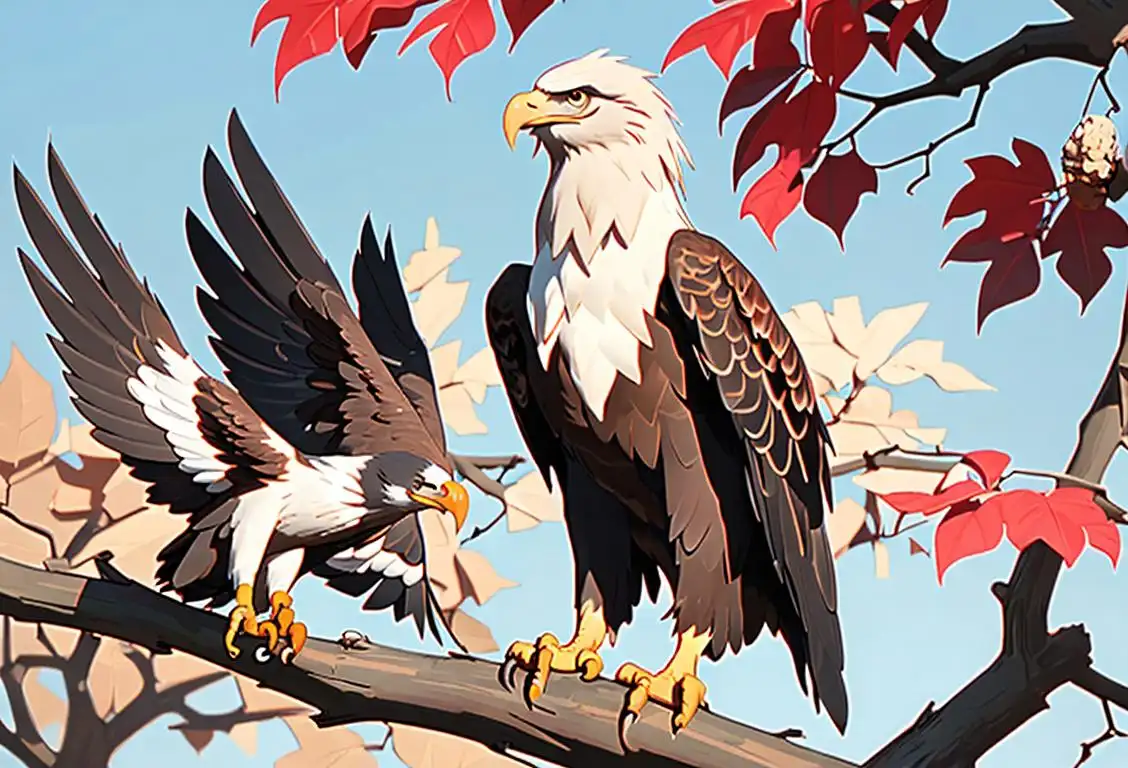National Endangered Species Day

Welcome to National Endangered Species Day, a day dedicated to raising awareness about the importance of protecting our furry, feathery, and scaly friends who are at risk of extinction. So grab your binoculars, put on your safari hat, and get ready for a wild adventure in the world of endangered species!
When is Endangered Species Day?
It's national endangered species day on the 15th May.
The Origin of National Endangered Species Day
Every year on the third Friday of May, people across the United States come together to celebrate National Endangered Species Day. This special day was first established in 2006 by the United States Senate to raise awareness about the urgent need to protect endangered species and their habitats. It serves as a reminder that we, as custodians of this planet, have a responsibility to ensure the survival of all living creatures.
Why Endangered Species Matter
Endangered species play a crucial role in maintaining the delicate balance of our ecosystems. Whether they are majestic elephants, elusive snow leopards, or tiny sea turtles, each species has a unique part to play in their respective habitats. Unfortunately, due to factors such as habitat destruction, poaching, pollution, and climate change, many species are teetering on the brink of extinction.
By celebrating National Endangered Species Day, we can shine a spotlight on these vulnerable creatures and remind ourselves of the importance of conservation efforts. It's a day to learn, reflect, and take action to ensure that future generations can also witness the incredible diversity of life on Earth.
How to Celebrate
There are many ways you can participate in National Endangered Species Day. Here are a few ideas to get you started:
- Visit a local zoo, aquarium, or wildlife sanctuary to learn about endangered species in your area and the conservation efforts being made to protect them.
- Support organizations dedicated to wildlife conservation through donations or volunteer work.
- Spread the word on social media by using the hashtag #EndangeredSpeciesDay and sharing information about endangered species.
- Take steps towards a more sustainable lifestyle by reducing your carbon footprint and supporting environmentally-friendly practices.
- Educate yourself and others about endangered species through books, documentaries, or online resources.
Remember, even small actions can make a big difference when it comes to protecting endangered species and preserving biodiversity.
History behind the term 'Endangered Species'
1930
Emergence of Conservation Movement
During the 1930s, concerns were raised about the rapid disappearance of various animal and plant species due to the destruction of natural habitats, hunting, and pollution. This led to the emergence of the conservation movement, which aimed to protect and preserve the natural world.
1966
Rachel Carson's Silent Spring
In 1962, biologist Rachel Carson published her influential book, 'Silent Spring,' which highlighted the adverse effects of pesticides on the environment. The book created a wave of public awareness and concern about the impact of human activities on wildlife and ecosystems.
1969
The Birth of Endangered Species Act
In 1969, the United States enacted the Endangered Species Conservation Act, the precursor to the modern Endangered Species Act (ESA). The legislation aimed to protect species at risk of extinction and their habitats, prohibiting activities that could harm them.
1973
Enactment of the Endangered Species Act
In 1973, the Endangered Species Act was signed into law by President Richard Nixon. The act strengthened and expanded the previous legislation, providing a comprehensive framework to protect endangered species and their habitats in the United States by regulating activities that could potentially harm them.
1975
International Recognition
In 1975, the Convention on International Trade in Endangered Species of Wild Fauna and Flora (CITES) was adopted. This global agreement aimed to regulate the international trade of endangered species and ensure their survival in the wild. Today, CITES has nearly 200 member countries.
1996
IUCN Red List
The International Union for Conservation of Nature (IUCN) established the IUCN Red List in 1996. The Red List is a comprehensive inventory of the conservation status of species worldwide. It classifies species into different categories, ranging from 'extinct' to 'least concern,' providing valuable data for conservation efforts.
2001
UNESCO World Heritage Sites
Since 2001, UNESCO has listed numerous natural areas as World Heritage Sites, recognizing their outstanding universal value. Many of these sites harbor endangered species and play a crucial role in their conservation. This designation aims to raise awareness and promote efforts to protect these unique ecosystems.
Did you know?
Did you know that the smallest mammal in the world, the bumblebee bat, is also an endangered species? It weighs less than a penny and can fit on the tip of your finger!Tagged
awareness nature conservationFirst identified
15th May 2015Most mentioned on
15th May 2020Total mentions
794Other days
Wetlands Day
Public Garden Day
Endangered Species Day
Hen Harrier Day
Butterflies Day
Geographic Photo Ark For This Earth Day
American Eagle Day
Tiger Day
Wombat Day
Wild Life Day








